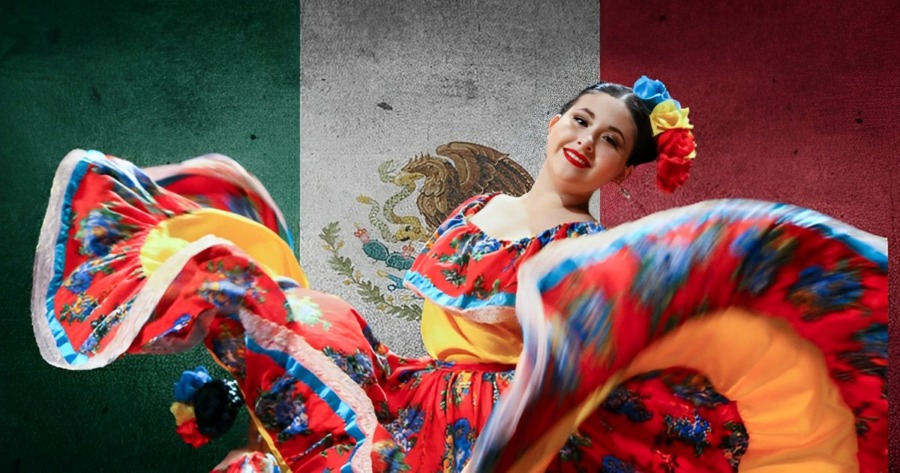The Story Behind Cinco de Mayo: History and Significance
- Naomi Dela Cruz
- Latin
- Trending
- Western USA
- May 5, 2023

Cinco de Mayo, or the 5th of May, is a holiday celebrated in Mexico and increasingly worldwide. It is a day that commemorates the Mexican army’s victory over French forces at the Battle of Puebla on May 5, 1862. However, despite the holiday’s widespread popularity, many people do not know the history behind it.
Cinco de Mayo has its roots in the complex history of Mexico’s relationship with France in the mid-19th century. In 1861, Mexico was in a state of financial turmoil, and President Benito Juarez declared a two-year moratorium on all foreign debt payments. This move angered France, Britain, and Spain, who saw it as violating international law. The European powers sent a joint expeditionary force to Mexico to collect the outstanding debts.
While the Spanish and British quickly negotiated a resolution with Mexico, the French had other plans. Under the leadership of Napoleon III, France sought to establish a monarchy in Mexico and install the Archduke Maximilian of Austria as the country’s ruler. In January 1862, French troops invaded Mexico and began their advance towards Mexico City.
The Mexican army, led by General Ignacio Zaragoza, met the French army outside the city of Puebla on May 5, 1862. The Mexican army was significantly outnumbered, with 4,500 soldiers facing off against a French force of 6,000. Despite the odds, the Mexican army emerged victorious, with over 1,000 French soldiers killed or wounded, compared to just 100 Mexican casualties.
The significance of the Battle of Puebla cannot be overstated. At the time, Mexico was a young and relatively weak country, and the French army was considered one of the most powerful in the world. The victory at Puebla was a source of great national pride for Mexico, demonstrating that the country could stand up to European powers.
Despite its significance, Cinco de Mayo was not widely celebrated in Mexico until the 20th century. In fact, it was largely forgotten outside of the state of Puebla until the 1960s, when it was revived as a symbol of Mexican identity and heritage.
However, Cinco de Mayo had already become a popular holiday among Mexican Americans in the United States. In the early 20th century, Mexican immigrants in California began celebrating the holiday as a way to remember their heritage and promote cultural pride. Over time, the holiday spread across the country and became a popular celebration of Mexican culture.
Today, Cinco de Mayo is celebrated in many parts of the world, including the United States, Canada, and Australia. Celebrating Mexican culture and heritage has become a day with parades, parties, and traditional foods like tacos and guacamole.
Despite its popularity, there are many misconceptions about Cinco de Mayo. One of the most common misconceptions is that it is Mexico’s Independence Day. In fact, Mexico’s Independence Day is celebrated on September 16th, not May 5th.
Another misconception is that Cinco de Mayo is widely celebrated in Mexico. While the holiday is observed in some parts of Mexico, it is not a national holiday and is not celebrated as widely as it is in the United States.
Finally, there is a misconception that Cinco de Mayo is a holiday that celebrates drinking and partying. While many people use the holiday as an excuse to drink and celebrate, this is not the true meaning or purpose of the holiday. Rather, it celebrates Mexican culture, heritage, and resilience in the face of adversity.
In recent years, there has also been criticism of the commercialization of Cinco de Mayo. Many companies use the holiday as a marketing opportunity to sell products and services, often perpetuating harmful stereotypes of Mexican culture. It is important to remember the true meaning of the holiday and celebrate it respectfully and meaningfully. By doing so, we can honour the bravery and resilience of the Mexican soldiers who fought for their country’s independence and inspire future generations to do the same.








